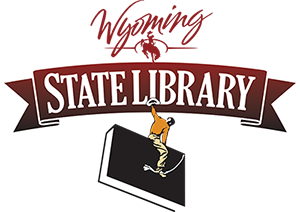
Wyoming libraries held another fantastic Snapshot Day celebration on Tuesday, Oct. 11. Libraries contributed more than 600 photos – everything from children at story time to college students researching on computers to deliveries to homebound patrons. Results have been compiled from reports from participating libraries and from data pulled from the WYLD system.
On just one day:
- 13,572 people visited 37 of our libraries
- 105 libraries circulated 23,449 items
- Librarians in 32 libraries answered 627 reference questions
- 30 job seekers received help
- 823 children and teens attended programs, as well as 239 adults
- 161 patrons learned computer skills
- Libraries issued 172 library cards
- 317 students received homework help
- Libraries collected 1,346 surveys that asked patrons why they were using their library that day. Of those:
- 987 (73%) were checking out materials
- 405 (30%) were doing research
- 796 (59%) were using library computers or wifi
- 409 (30%) were furthering their education
- 578 (43%) were attending a library program.
Three out of ten patrons surveyed said the library was a good place to work or study. Many of them also shared their thoughts on why the library and the services it provides is important to them. Here are some of their comments:
- “I almost live here. I work here, study here, and do my life here.”
Devin Burton, University of Wyoming Libraries - “It’s a place full of knowledge to explore.”
Student, Wyoming Boys School - “I would not be able to get library materials if Dana didn’t bring them for me as I have very limited mobility. Books are an important outlet for me.”
Ardis Gingery, home-bound patron, Campbell County Public Library System - “It’s a fantastic place for books, media, programs, etc. This one, especially, is so progressive and just amazing.”
Karen Titchener, Niobrara County Library - “No matter your economic status, you can learn and educate yourself for free. I have learned how to train my dog, plant a garden and better my finances — all from reading library books.”
Dawn Kennedy, Rawlins Library
